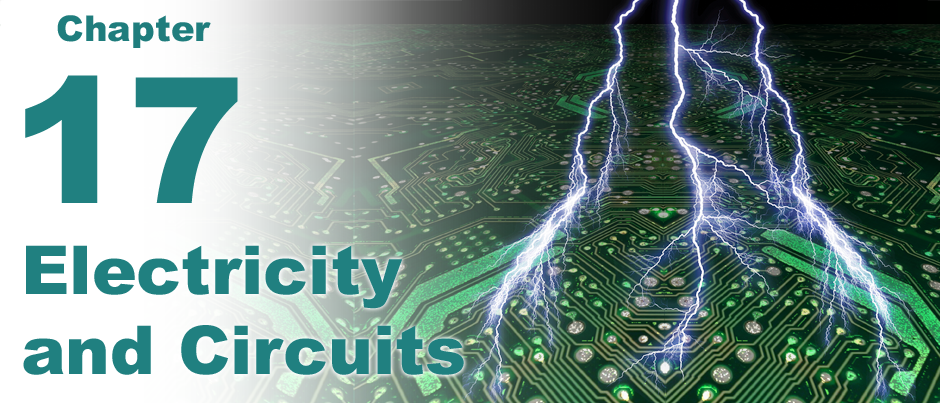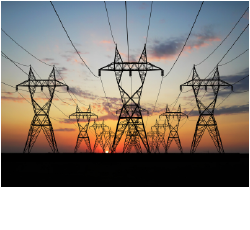 |
A lightning storm is a mesmerizing visual experience—from afar. The electricity in lightning or power lines carries such vast quantities of energy that coming in contact with either can send you to the hospital or worse. What is beautiful can also be very dangerous. 
|
In 1752, American scientist and statesman Benjamin Franklin is said to have demonstrated that lightning was electrical in nature by carefully flying a kite just before a storm. Don’t try this! Others who were not so careful were electrocuted repeating Franklin’s experiment. Franklin’s early studies of electricity were followed by the Italian physicist Alessandro Volta’s discovery that electricity could be produced by alternating silver and zinc plates separated by cloth soaked in salt water (the first battery). 
|
By 1950 virtually every American household had electric lights, TV, radio, and appliances—a consequence of the lasting societal impact of these and other scientists. You probably carry electronic devices around with you today, including cellphones, tablets, and even car door openers. While we take electricity for granted, electricity is one of many areas in which physics has fundamentally changed our way of life. Electric motors, generators, and transformers are fundamental technologies that allow electricity to be generated far away, transported to your home, and used in your personal life in a wide array of technologies. 
|
 Re-engineering the power grid that transmits and distributes electricity is one of the most pressing technical issues in the future of energy. Today, an unstable patchwork of old and new transmission lines at different voltages connect power plants with homes and businesses. Many foresee a future in which distributed wind, solar, and biomass energy sources feed the grid, possibly from each individual home. The existing power grid was never designed to accept multiple power inputs that fluctuate with local wind speed or cloud cover. Designing and building a “smart grid,” able to reliably accept and distribute electricity, poses a challenge that will have to be met with solid physics and clever engineering.
Re-engineering the power grid that transmits and distributes electricity is one of the most pressing technical issues in the future of energy. Today, an unstable patchwork of old and new transmission lines at different voltages connect power plants with homes and businesses. Many foresee a future in which distributed wind, solar, and biomass energy sources feed the grid, possibly from each individual home. The existing power grid was never designed to accept multiple power inputs that fluctuate with local wind speed or cloud cover. Designing and building a “smart grid,” able to reliably accept and distribute electricity, poses a challenge that will have to be met with solid physics and clever engineering. 
|
Where will the science and technology of electricity take us in the next century? 
|
| |
|

